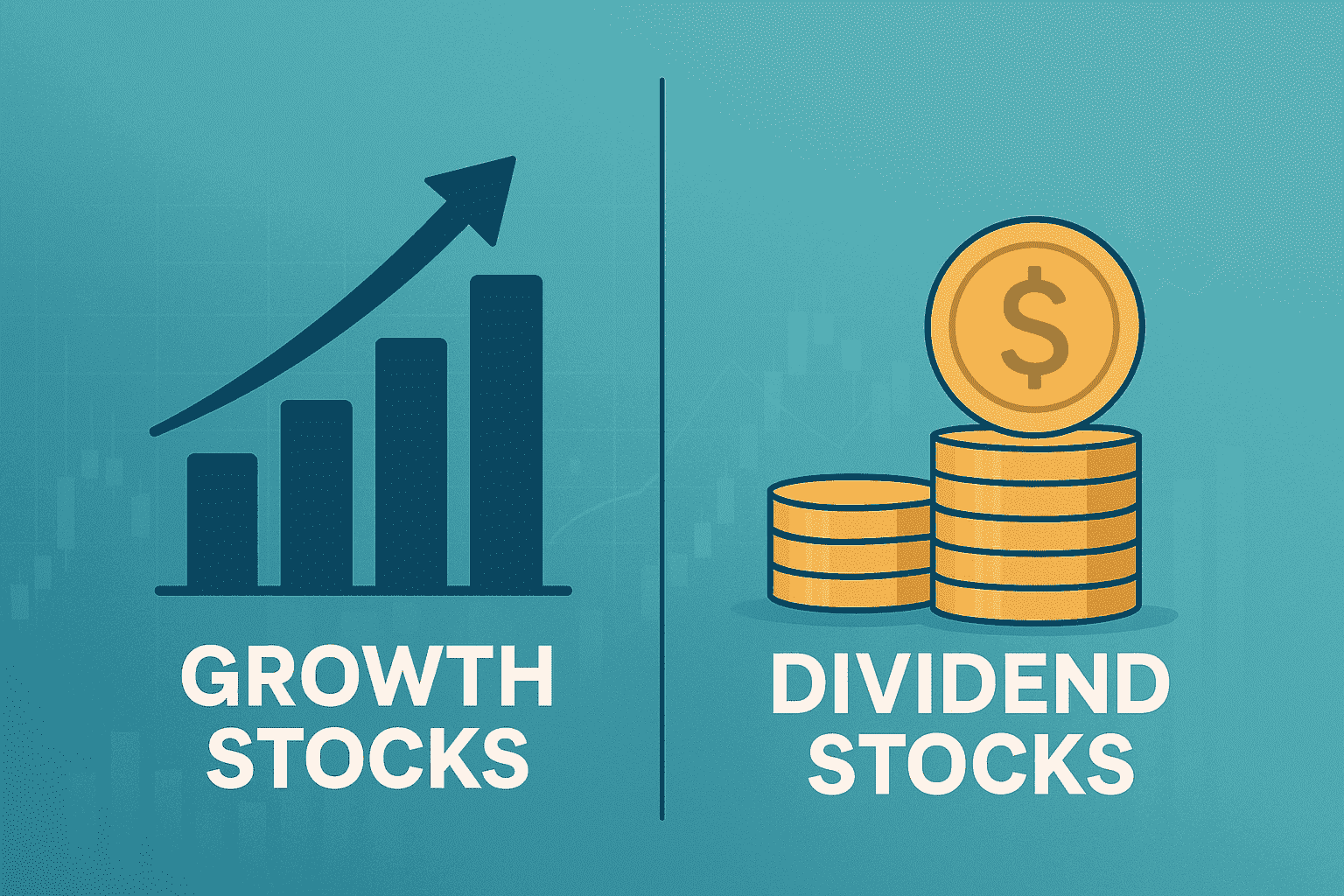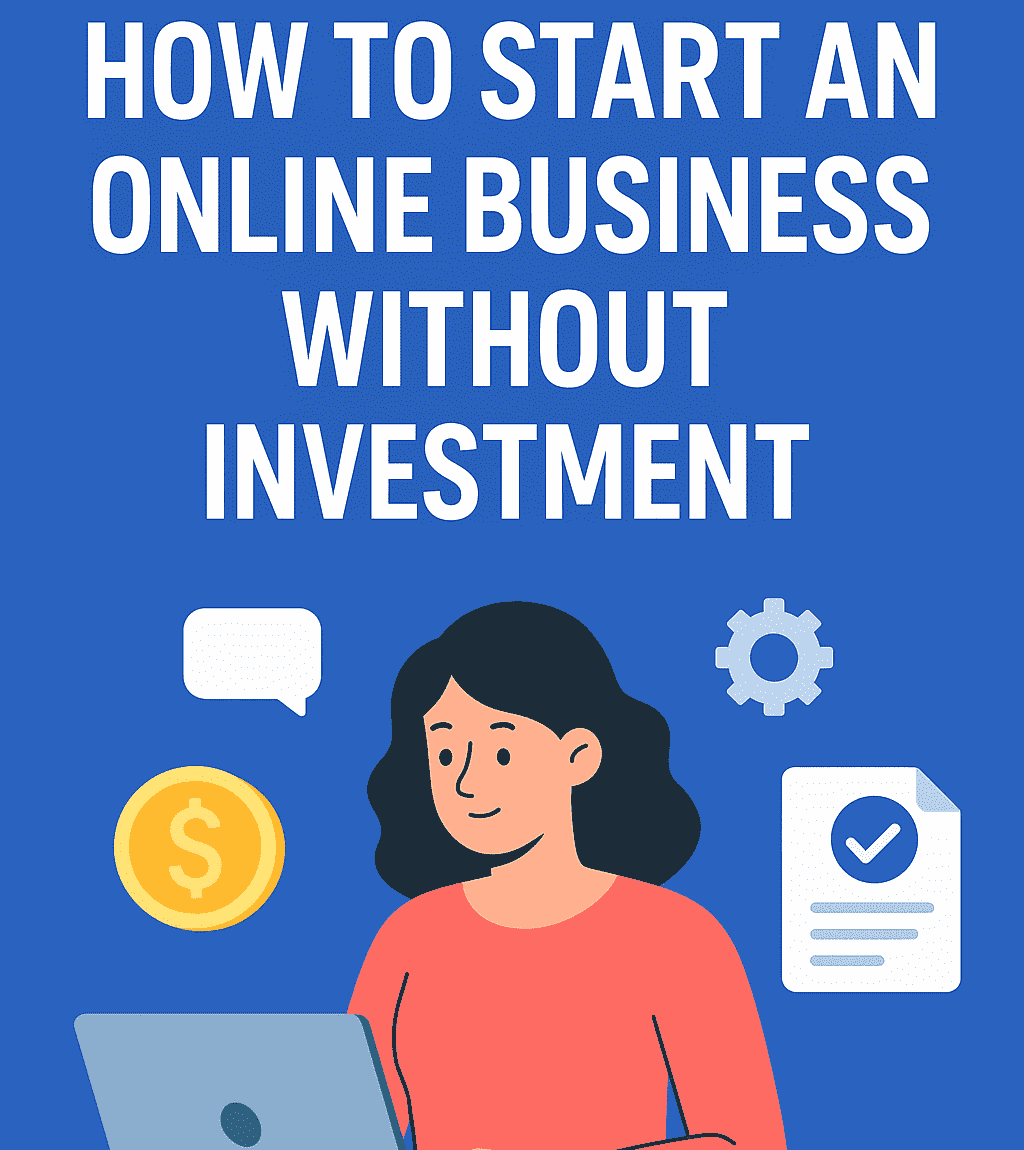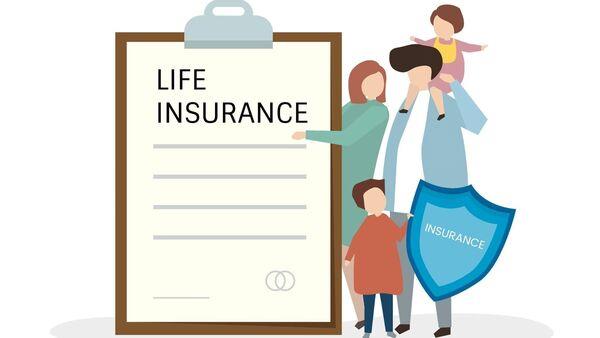Take a moment to imagine that your child is having trouble in school and is having trouble understanding things or is falling behind in class. In such moments, the idea of private tutoring may spark interest as a potential solution.
Private tutoring offers personalized attention and tailored support to help students excel academically. In this article, you will delve into what you need to know about private tutoring.
Benefits of Becoming a Private Tutor
Massive Financial Benefits
Tutors often have the opportunity to set their rates, which can lead to higher earnings compared to traditional employment. As tutors gain experience and build a strong reputation, they may attract more clients and command higher fees.
Additionally, tutoring allows individuals to work with multiple students simultaneously, increasing their earning potential.
Work to Your Schedule
One of the most appealing aspects of becoming a private tutor is the flexibility to work according to your schedule. Tutors can choose the days, times, and locations for their sessions, allowing for a better work-life balance. This flexibility is especially beneficial for individuals with other commitments, such as students, parents, or those with part-time jobs.
Rewarding and Enjoyable
Witnessing a student’s progress and growth firsthand can bring a sense of fulfillment and satisfaction. Additionally, building meaningful relationships with students and their families fosters a sense of connection and camaraderie. The ability to inspire and empower students to reach their full potential makes tutoring a fulfilling and enjoyable profession for many individuals.
Things You Need to Become a Private Tutor
1. Qualifications
Qualifications demonstrate your expertise and competence in the subject matter, which can instill confidence in potential students and their parents. Depending on the requirements in your area, qualifications may include a degree in education, a specific subject area, or relevant certification.
Additionally, possessing strong communication and teaching skills is vital for effectively conveying information and engaging students during tutoring sessions.
2. Security Certification
Many parents and guardians seek private tutors who have undergone security checks to verify their trustworthiness and suitability for working with children. A security certification helps reassure parents that their child will be in a safe and secure learning environment during tutoring sessions.
3. Personal ID and Photograph
Providing personal identification and a recent photograph is standard practice for private tutors when establishing credibility and trust with potential clients. This information helps verify your identity and allows parents or students to recognize you during tutoring sessions.
Sharing personal identification, such as a driver’s license or passport, demonstrates transparency and accountability as a tutor.
4. Personality
Your personality plays a significant role in your effectiveness as a private tutor. Possessing traits such as patience, empathy, and enthusiasm can greatly enhance your ability to connect with students and create a positive learning environment.
For instance, a friendly and approachable demeanor helps put students at ease and encourages open communication. Flexibility and adaptability are also valuable traits for addressing diverse learning needs and adjusting your teaching approach to meet individual student preferences.
Become a Private Tutor Now
Whether you’re passionate about a specific subject or skilled in various academic areas, becoming a private tutor allows you to share your knowledge, expertise, and passion for learning with others. So, don’t wait any longer—take the next step and become a private tutor today.















Leave a Reply